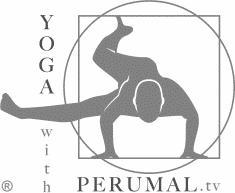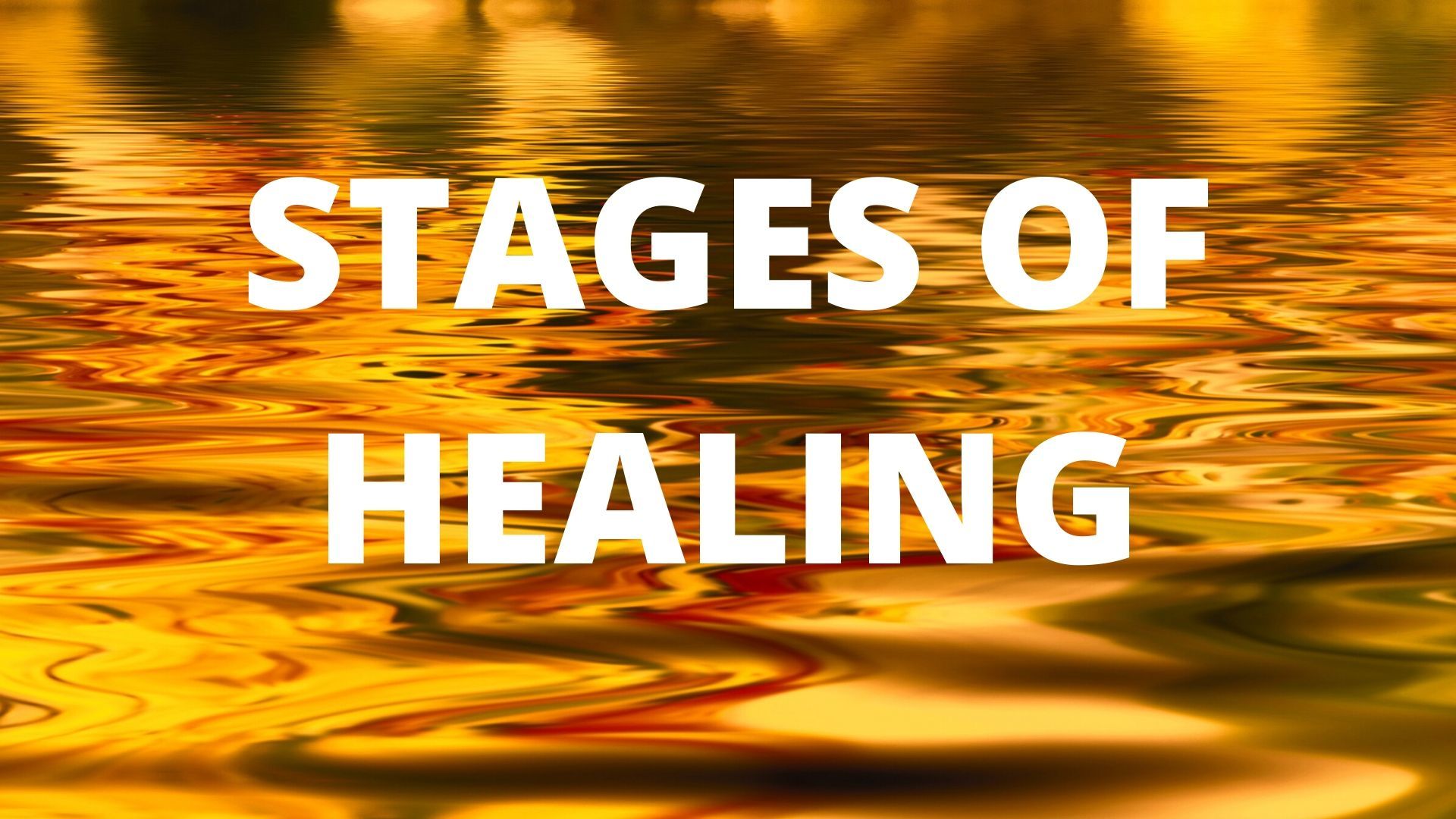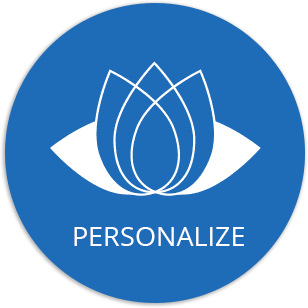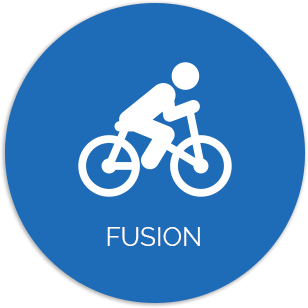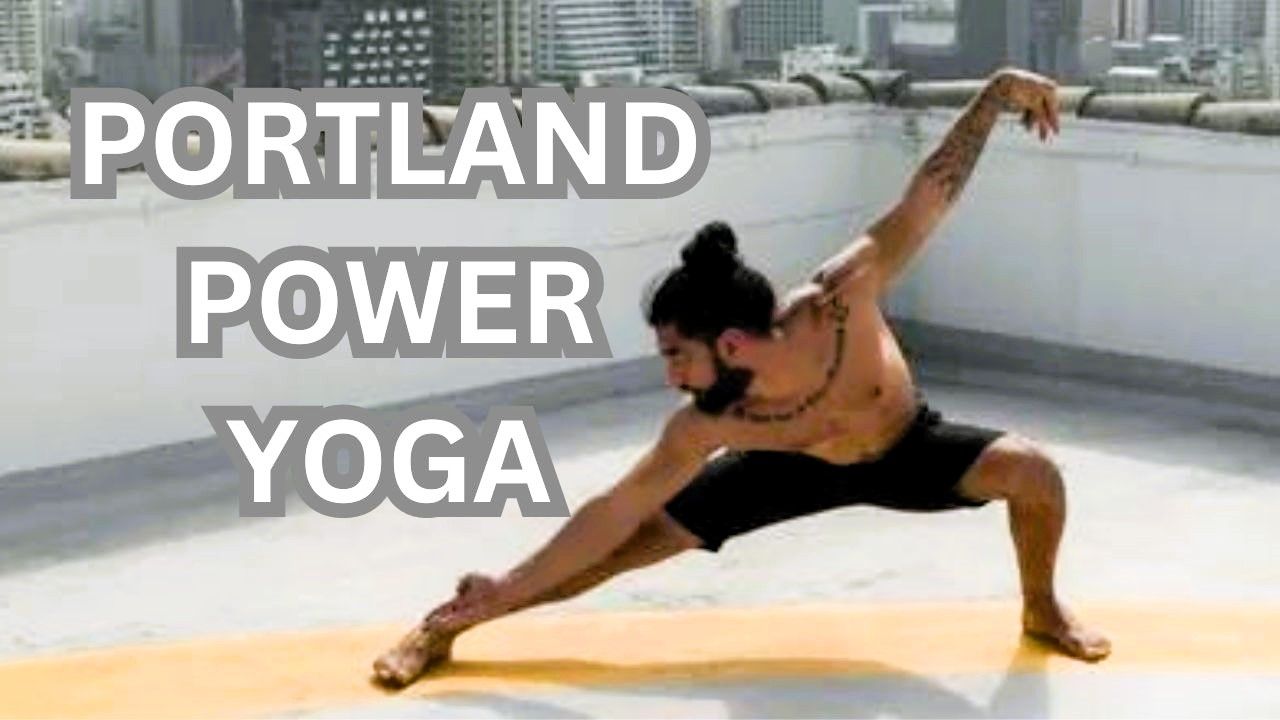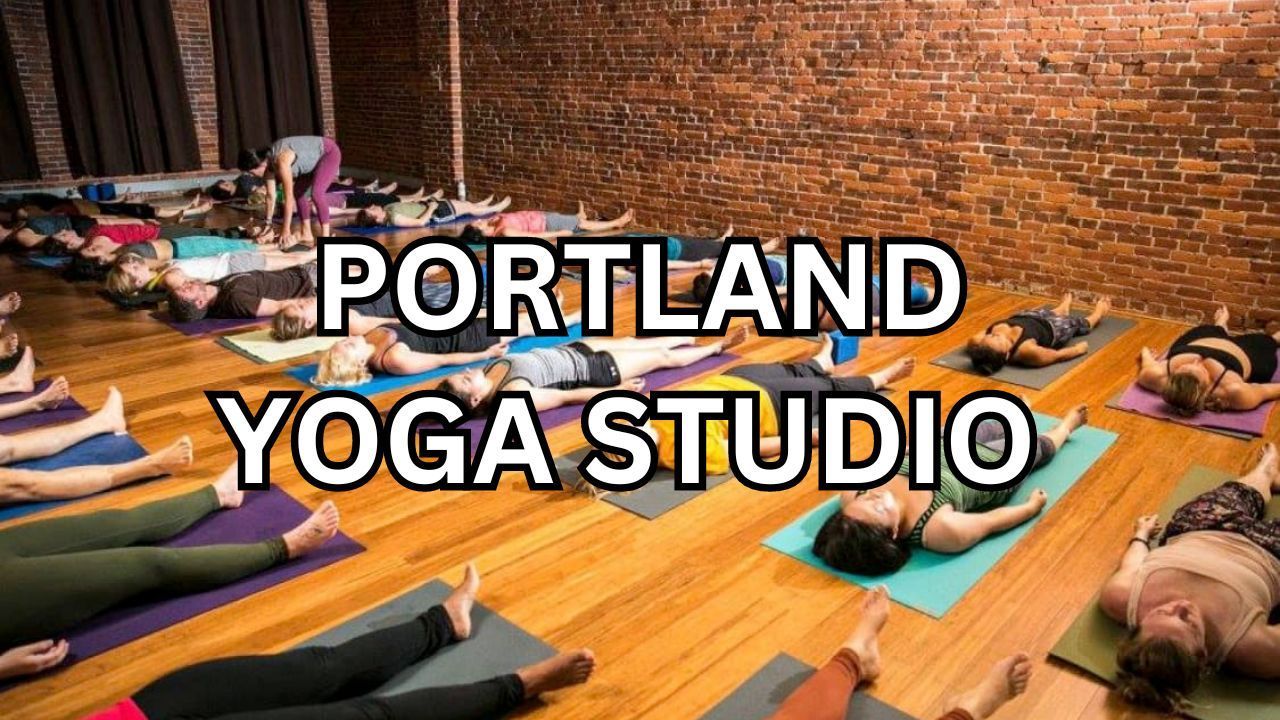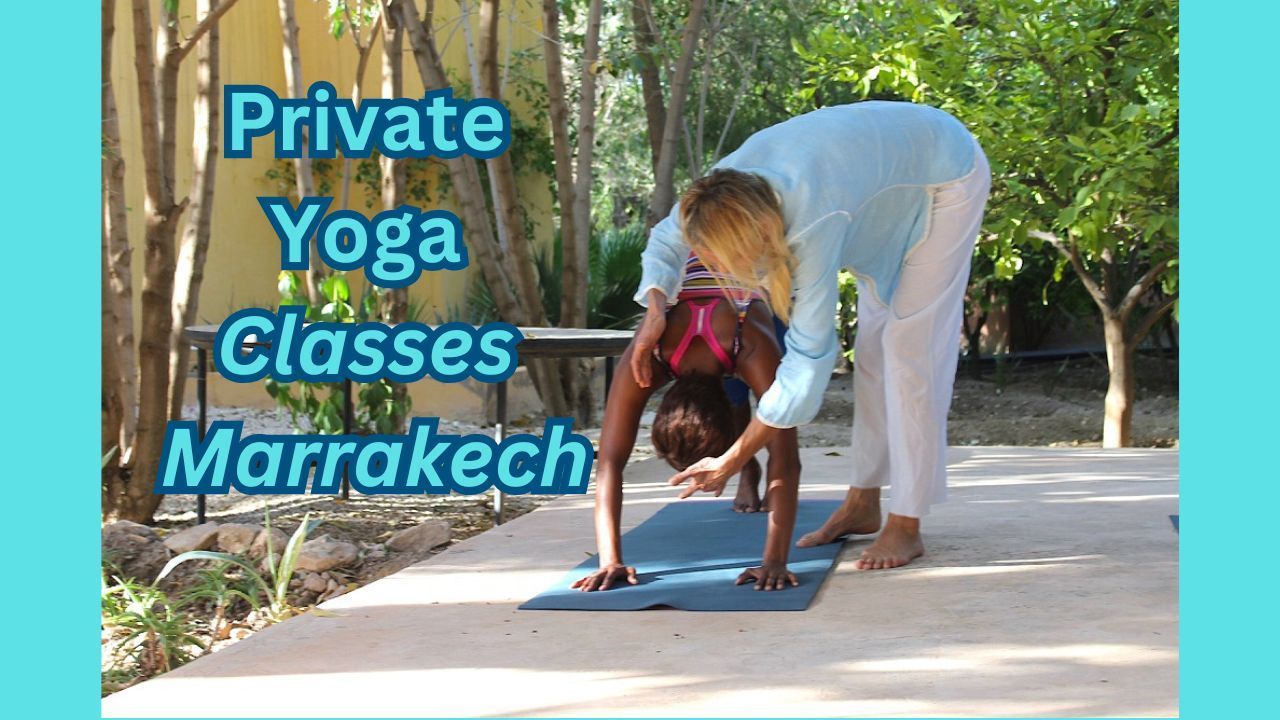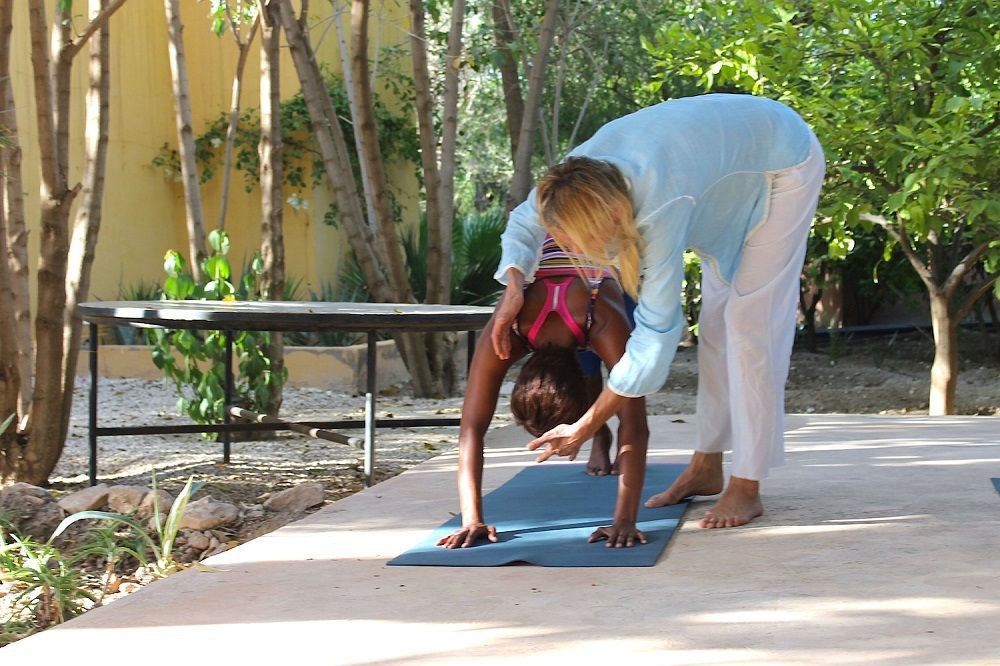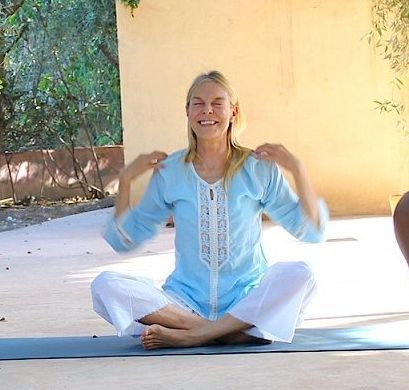Once we are in contact with pain what should we do? How should we approach our yoga practice? When an injury occurs in yoga it means that a mistake has been made either by the student, teacher or both. At this point the first thing to know is how the injury occurred. Rethink the sequence or individual postures. From here it can be derived as what should be or should not be done in the future. For example if we recently injured our elbow or shoulder then we must consider avoiding arm balance postures within any sequence. Focusing on core and leg postures would be the sensible thing to do.
Injuries along the spine such as the lower back for example would normally be addressed by avoiding forward bends or simply minimizing the movement of the lower back during practices. Perhaps the injured practitioner could bend forward at the hips at no more than a 60 degree angle while keeping the lower back straight. During salutations the forward bend could be addressed with the lower back kept straight and the knees bent. Despite the variables to consider when carrying and guarding an injury there are still easily understood common underlying points for all injuries. While injured there are 3 basic stages of healing to be aware of as the underlying foundation of any injury. With the knowledge of the acute, sub-acute and chronic stages of healing we will understand better on how to proceed while dramatically reducing the possibility of re-injury and facilitating the healing process.
The first stage known as the Acute Stage is when the injury first occurs. The injury may have occurred from an activity outside of yoga or perhaps felt during a posture or within 24 hours after the practice. This first stage of injury normally lasts for 4 – 6 days. The numbers of days are rough estimates and will vary. During the Acute Stage the injury will experience the most swelling. The depth of swelling and sensitivity is the true answer of what stage the injury is in. During this acute first stage rest the injured area completely. Practicing yoga on a completely different part of the body from the injury is mandatory. Avoid stretching or straining the painful spots in any way. It is the ideal time to ice the injured area. With inflammation present elevating the affected area will help control swelling while reducing throbbing / discomfort. If the injury is in the lower body then inversion poses will reduce inflammation by providing elevation.
The second stage known as the Sub-Acute Stage lasts for another 1 - 3 weeks give or take a few weeks. Again the stage will vary from person to person. The injured area is susceptible to re-injury. During this stage do not become overzealous and try to make a quick return to the usual level of performance. An adequate warm-up (preparatory postures) before coupled with correct postural alignment is essential. During Sub-Acute less is more. Move into the yoga poses slowly and gently with non-weight bearing movements. It is a time to slowly strengthen the affected muscles. As symptoms diminish gradually commence weight bearing movements. When stretching use long hold times while executing the posture less than the maximum range. Hold the postures with long, slow, deep breathing. If a yoga pose creates pain, tingling or numbness stop immediately.
The pain may also not be felt immediately. It is important to note how the injury feels for the first 24 hours after practicing. If the next morning the symptoms have not worsened then it means the practice done the day before was the correct one. This may take several sessions to establish the correct feel of a practice in order to guard the injury. Always ice the injured area after the practice to reduce inflammation. Icing the injury after practice could mean the difference between feeling swelling and pain the next day or an overall experience of healing.
The Chronic Stage is the final phase of any injury and may last as little as 12 months or as much as18 months for complete healing. During this time the injured site may feel healed but it is still susceptible to a re-injury and chronic inflammation if excessive force is used. Sprained ankles are famous for this. Caution must be taken during this stage because the injury will not be healed until this stage has passed. Postures pertaining to the affected area must not be executed at 100%. Take it easy and slow with the injured area. Give it time to recover and know that tomorrow will arrive and once again the body will return to what it was. Yoga is not only a spiritual endeavour but also a physical endeavour. Knowledge of self and the method of yoga will help reduce injury but the possibility of injury will always exist. These injuries will be nothing more than a lesson in the self and a method of yoga. Look within and remain patient and disciplined when injured. Follow the stages of healing and the body will return to the original state again.
YOGA RETREATS
ITALY
MOROCCO
